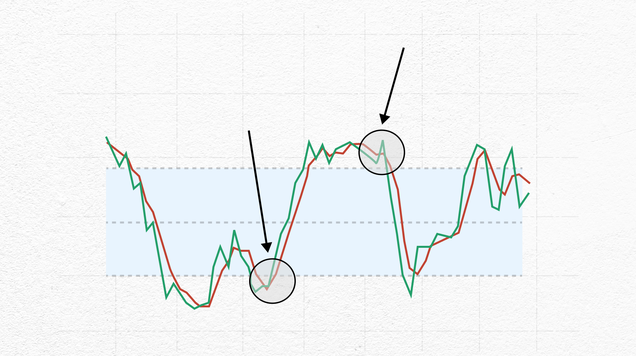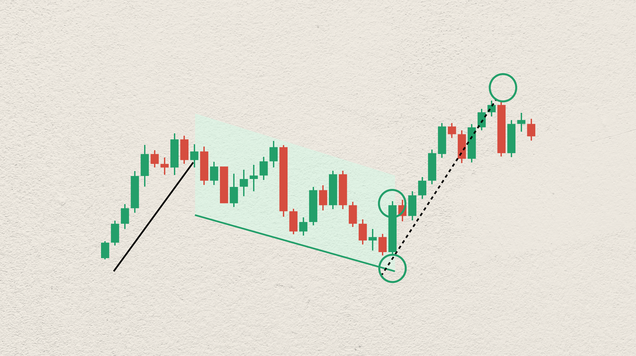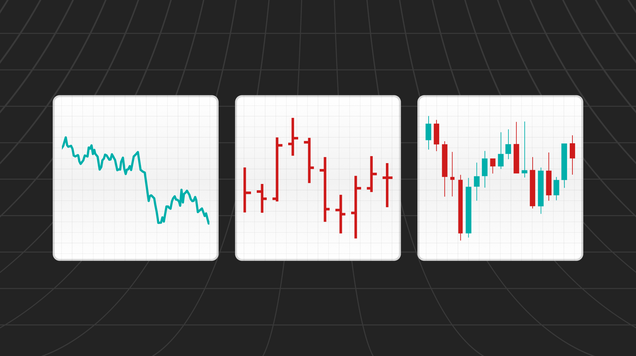Four popular trading styles which one is right for you?
Read our comprehensive guide to four common trading strategies and find out one that suits your trading plan and objectives.

Trading strategies are systematic sets of rules that traders use to buy or sell assets in financial markets
Each trading style has its own characteristics when it comes to time frames, market analysis and objectives
Traders should choose a trading style that suits their risk tolerance, time constraints and financial goals
Introduction to trading styles
Trading in financial markets requires a strategic approach in order to maximise profits and limit risk of losing trading capital. Trading styles are sets of rules that trades employ to make decisions on potential trades and execute them.
The search for the ideal trading style is like finding the perfect suit – it must be precisely tailored to fit the individual's unique contours. As traders embark on their journey towards profitability, one fundamental truth emerges: there is no one-size-fits-all solution.
When it comes to trading strategies, beginners often fall into the trap of imitating the tactics of seasoned professionals. However, the path to sustained success requires traders to commit to self-discovery and assessment of their own personality and goals. Successful traders understand their own risk appetite, time constraints, financial objectives, psychological resilience, and market dynamics.
Traders can choose to follow one trading style or combine elements from different styles to build a strategy that fits better their personality and objectives and can be easier adapted to changing markets conditions as well.
Let’s look at four popular trading styles that cover both fast-phased techniques and long-term strategies.
Scalping
At the forefront of rapid-fire trading techniques is scalping, a strategy characterised by lightning-fast executions and fleeting positions.
In the span of minutes or even seconds, scalpers open and close their positions, capitalising on minimal spreads and swift asset movements. Scalpers rely on technical analysis tools and charts to identify potential entry and exit points for their positions.
This intense approach demands quick reflexes, commitment, and a stomach for risk, yet offers the allure of swift profits without the burden and costs of overnight holdings. Scalpers also need to have an efficient trading platform, a reliable internet connection, and the ability to make decision quickly.
Day trading
Day trading is a high-speed trading style focused on profiting from short-term price fluctuations in assets. Like scalpers, day traders avoid overnight commitments, executing numerous trades throughout the day and closing positions by the end of the day.
While not as frenetic as their scalping counterparts, day traders vigilantly monitor market fluctuations, seizing opportunities during peak liquidity and volatility. They often use technical analysis and tools like chart patterns and indicators to spot market opportunities.
Day traders also use tools such as stop loss and take profit as they seek to take advantage of intraday movements but reduce risk.
Swing trading
For those with a more patient disposition, swing trading offers a middle ground between rapid-fire trades and long-term investments. By capturing multi-day or even multi-week trends, swing traders aim to ride the crest of market momentum.
This approach requires less monitoring of the open positions and is less time-consuming. However, swing traders need to have a keen eye for identifying entry and exit points in broader market swings. They often combine technical and fundamental analysis to spot opportunities and ideal timings for opening and closing positions.
Position trading
At the far end of the spectrum lies position trading, a strategy characterised by its steadfast commitment to long-term market trends.
Avoiding the frantic pace of intraday movements, position traders maintain positions for weeks, months, or even years, guided by a strategic combination of fundamental analysis and patience.
While less demanding in terms of daily oversight, this approach demands a meticulous approach to risk management and a steadfast adherence to long-term investment principles.
Crafting your trading approach
In the labyrinth of trading styles, there exists no one-size-fits-all solution. Rather, success lies in selecting a strategy that aligns with your risk tolerance, time constraints, and overarching investment objectives.
Whether you find yourself drawn to the rapid pace of scalping or the measured patience of position trading, the key lies in crafting a personalised approach that enables you to navigate shifting market conditions while safeguarding your capital.
As you begin your trading journey, remember to trade with caution and thoughtfully adapt to the ever-evolving currents of the market.









